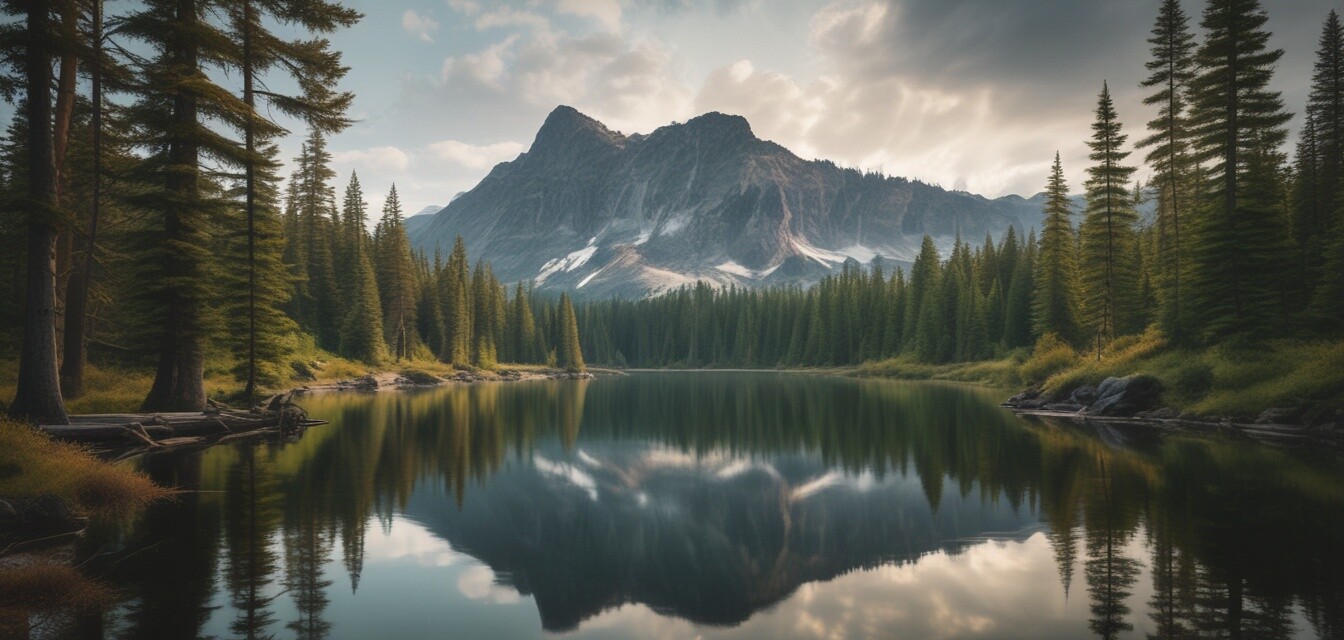
Creating a wilderness survival plan
Key Takeaways
- Understand the essential elements of a survival plan.
- Consider various emergency situations and environmental factors.
- Prioritize safety, preparation, and communication.
- Regularly review and practice your survival plan.
Creating a wilderness survival plan is vital for anyone who spends time outdoors, whether it's hiking, camping, or exploring remote areas. Emergency situations can arise unexpectedly, so being prepared is crucial. In this article, we'll discuss the essential components to consider when creating a comprehensive wilderness survival plan for emergencies.
Understanding the wilderness environment
The first step in a survival plan is to understand the wilderness environment you may encounter. Knowledge of local geography, weather patterns, and flora and fauna will guide you in your preparation.
Factors to consider
- Terrain: Know the type of land where you'll be, whether it includes mountains, forests, or deserts.
- Weather: Research seasonal changes and potential weather hazards.
- Wildlife: Understand the local wildlife and potential interactions.
Essential components of a wilderness survival plan
Here are the main components you should include in your survival plan:
| Component | Description |
|---|---|
| Emergency contacts | List family and friends to notify in case of an emergency. |
| Survival gear | Pack essential survival gear such as first aid kits, fire starters, and navigation tools. |
| Food and water | Plan for food sources and water purification methods for long trips. |
| Navigation tools | Carry a compass and topographic maps of the area. |
| Training | Regularly practice survival skills, such as foraging for food or building shelters. |
Preparation and practice
Preparation involves more than just packing supplies. Regularly practicing the skills associated with your survival plan ensures that you and your group can react confidently and efficiently during an emergency.
Important training areas
- Fire building and management
- First aid and basic medical training
- Navigation and map reading skills
- Identifying edible plants and wildlife
Safety and communication
Ensuring your safety and maintaining communication with your group or family is an essential aspect of any survival plan. Consider various signaling methods that can be used in case you are separated or need to call for help.
Communication tools
You may want to include the following communication devices in your wilderness survival plan:
- Walkie-talkies or two-way radios
- Emergency beacons
- Signal mirrors
- Whistles
Regularly review your survival plan
As you gain more experience or as environmental conditions change, it's essential to revisit and modify your wilderness survival plan. Regular reviews help ensure that you are prepared for any situation.
Tips for building a successful wilderness survival plan
- Assess the specific risks based on your route and destination.
- Test your gear before heading into the wilderness.
- Engage with local outdoor communities for advice and insights.
- Keep your plan simple and easy to remember.
- Involve your group in planning and drills.
Pros
- Enhances safety during outdoor adventures.
- Boosts confidence in emergency scenarios.
- Encourages preparedness among group members.
Cons
- Requires time and effort to develop and practice.
- Potential costs for purchasing gear.
- May require ongoing education and skill training.
Conclusion
Creating a wilderness survival plan is essential for outdoor enthusiasts. By understanding the wilderness environment, including key components in your plan, and regularly practicing your skills, you can significantly improve your chances of survival in an emergency. For more advice on outdoor preparation and safety, check out our other resources in the Outdoor Tips and Resources section.